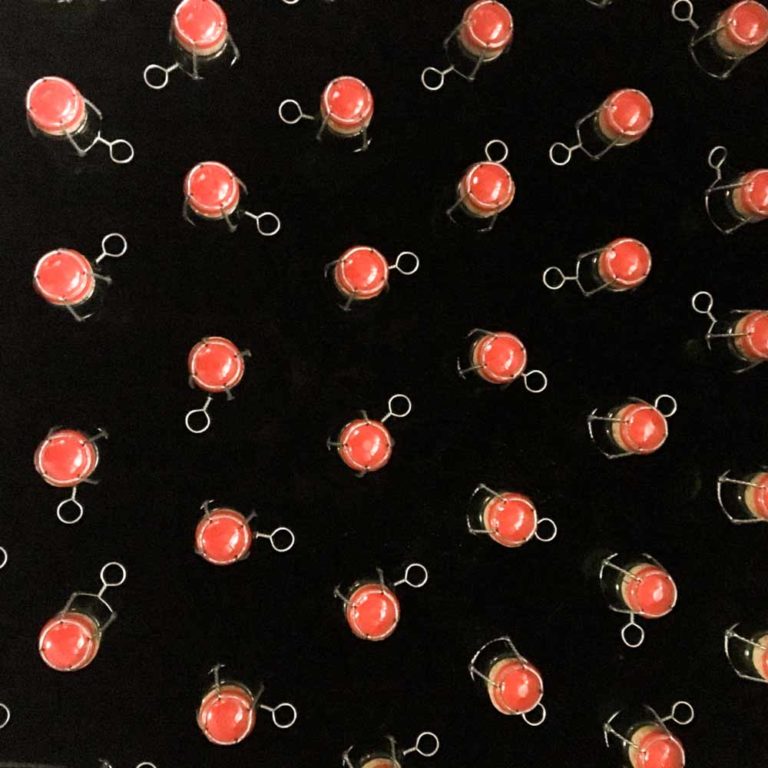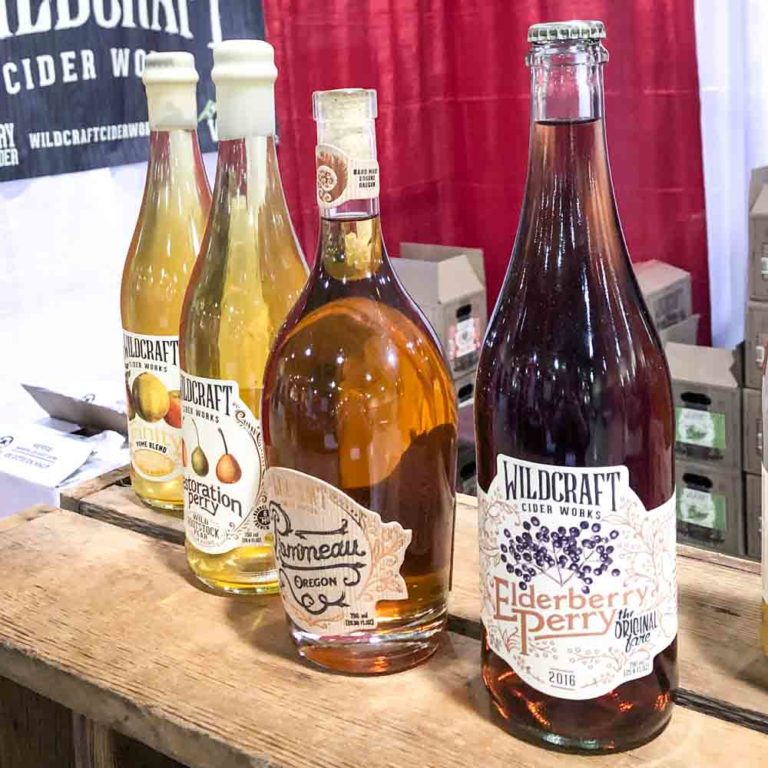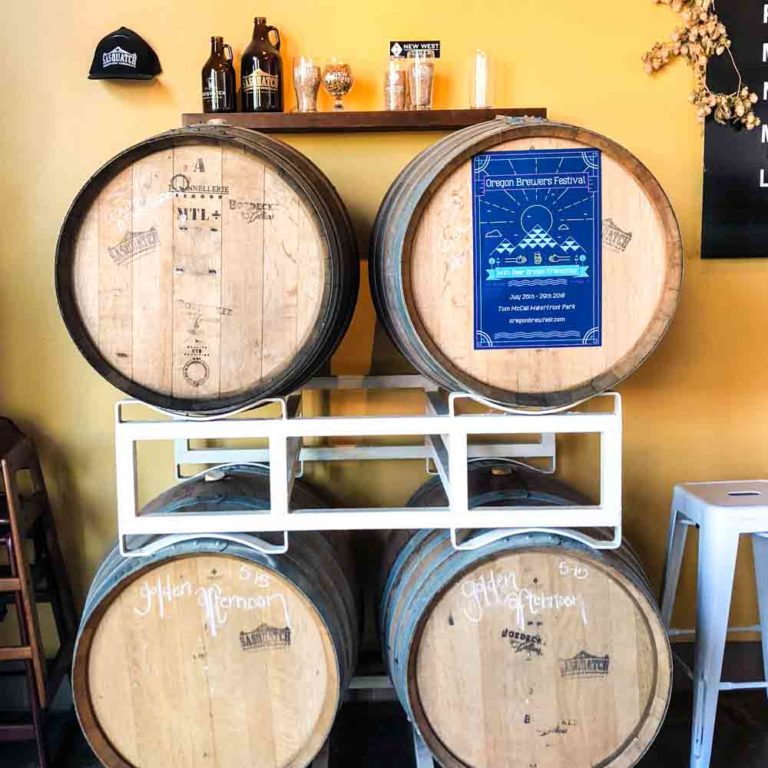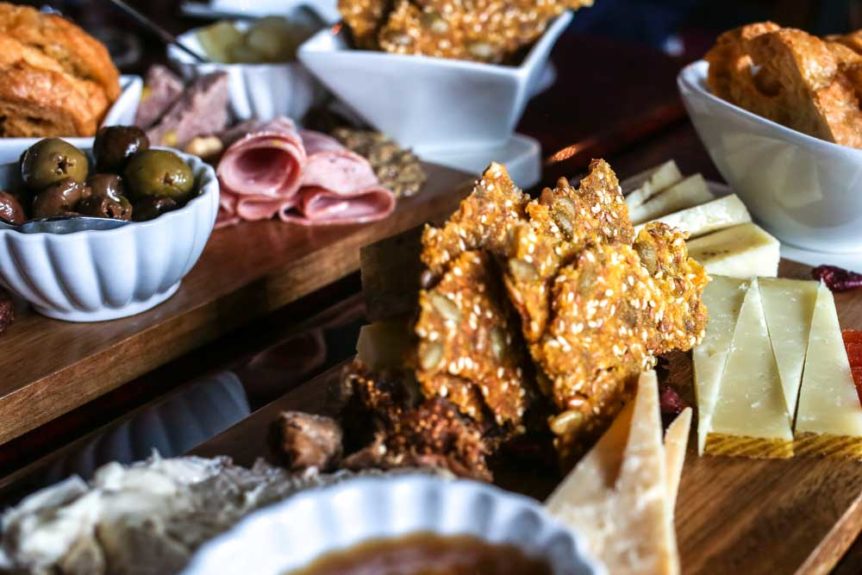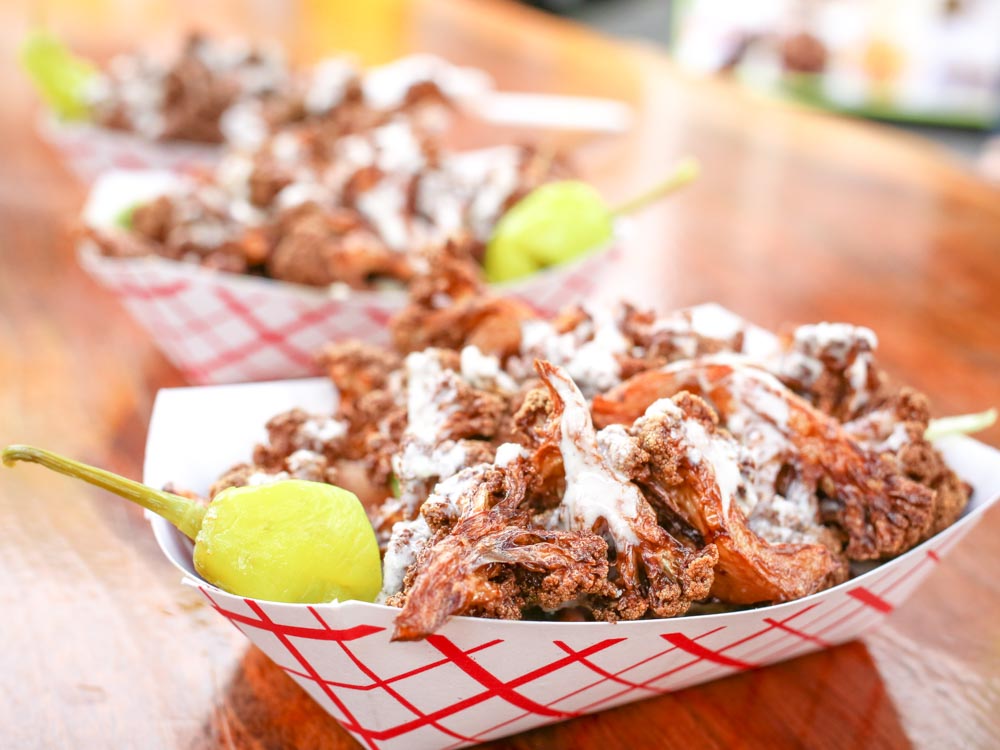
The Best Portland Food Carts & Food Trucks
Portland has what we think is the best food cart scene in the world. These Portland food carts & food trucks are our favorite food-on-wheels options in the city! Just to note, the order is not indicative of a ranking, they’re just what we think are the best Portland food carts.

